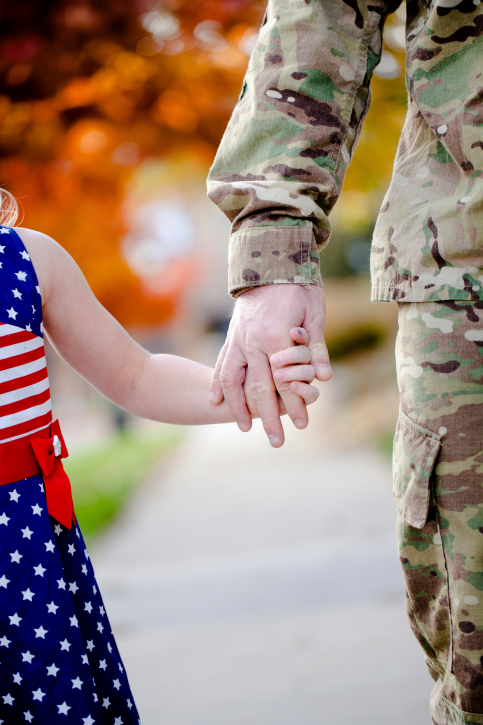By Dr. Nancy Heath and Dr. Kimberlee Ratliff
Dr. Heath is the Program Director for Human Development and Family Studies at APU.
Dr. Ratliff is the Program Director of the M.Ed. in School Counseling at APU.
Families experience enormous amounts of stress when one parent goes off to war. Rules and boundaries change, chores may be divided up differently, and loyalties are renegotiated. As the reality of a partner’s deployment sinks in, the remaining parent may find it hard to function, since he or she is suffering a significant upheaval and loss of support. Eventually, though, most non-deployed parents find ways to cope. They learn new skills, find new social groups, and establish new routines. Yet most eagerly await the return of their partner, and children, especially, look forward to a return to normalcy.
The returning soldier’s reunion with their family is often fraught with difficulty. Deployment often changes people, sometimes temporarily and sometimes permanently. Children anticipating the return of the daddy they love may be confused and disappointed that he has changed. In a few cases, where PTSD is present, the change may result in secondary trauma for the child.
